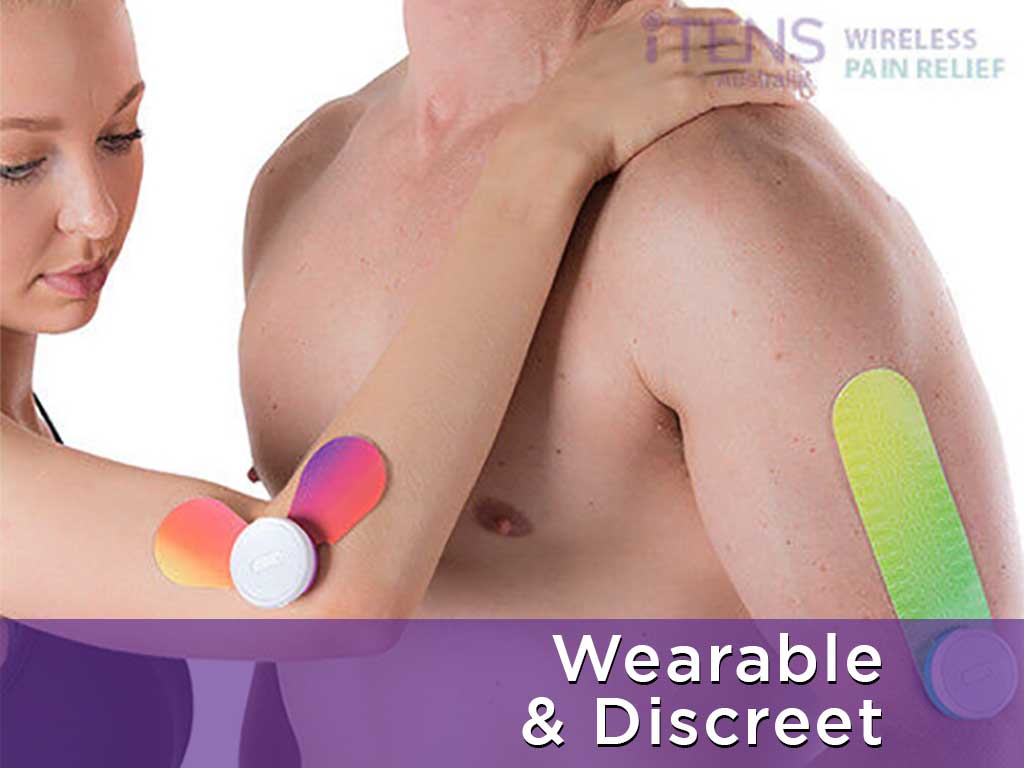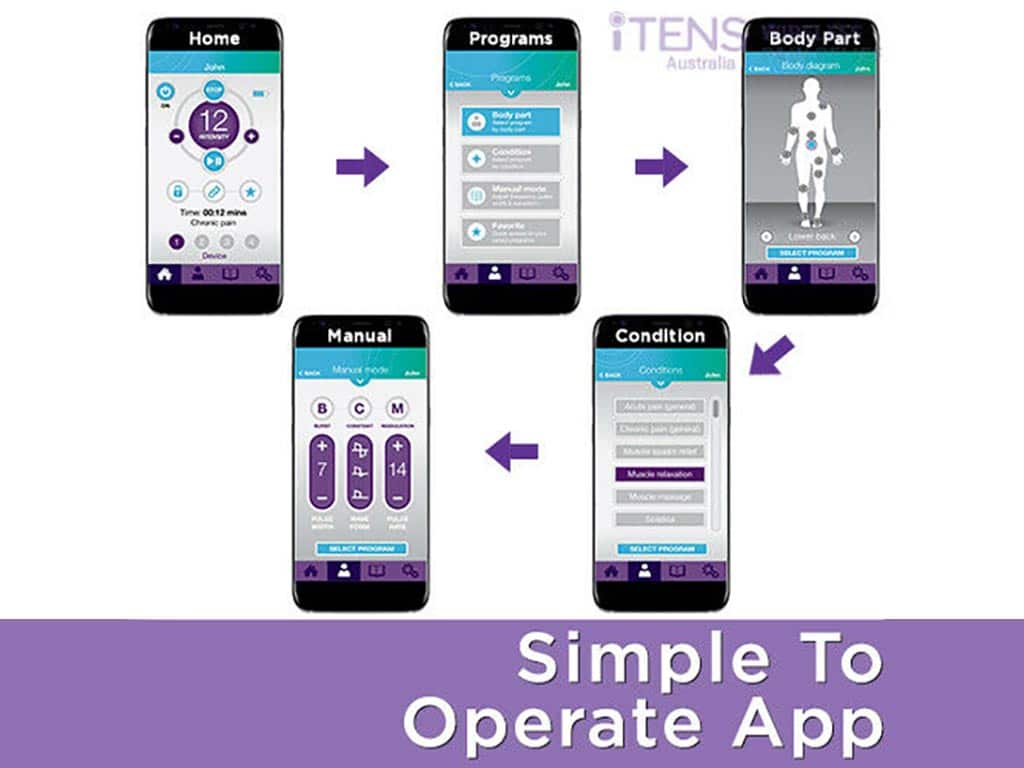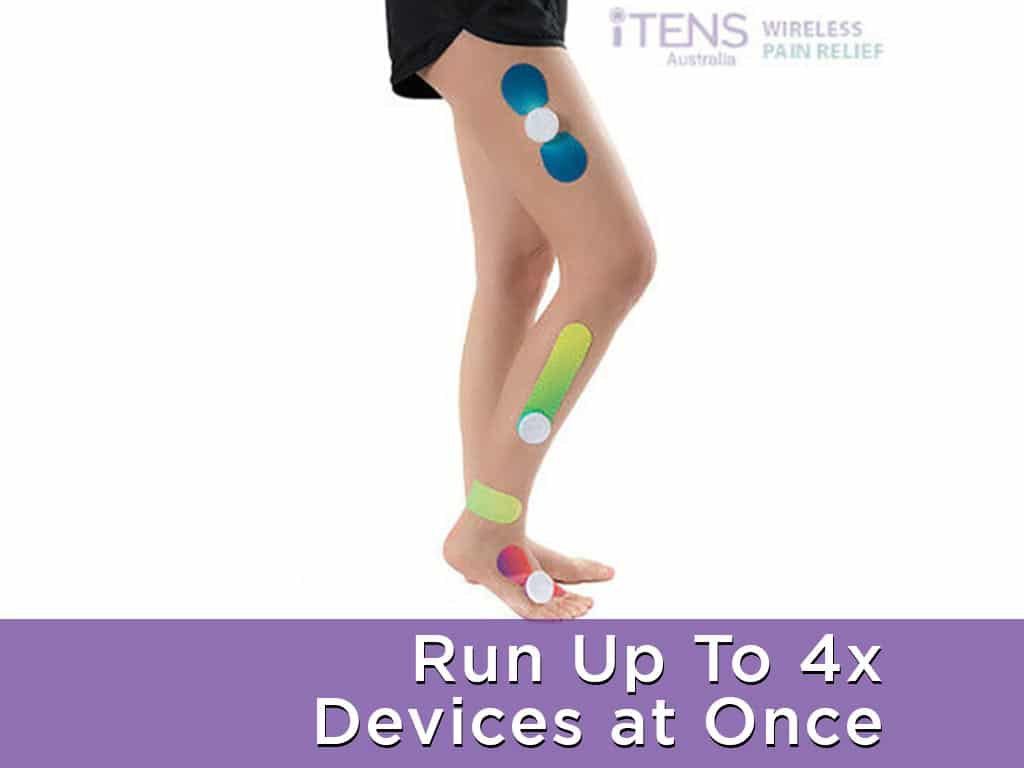
A Transcutaneous Electrical Nerve Stimulation or portable TENS unit is a small, battery-operated device that is used as a method of pain relief. The machine sends electrical currents to the nerves through electrode pads placed on the skin. People can operate the device in simple steps. Firstly, they will begin by cleaning the treatment area and placing the self-adhesive electrodes. Secondly, adjusting the settings of the electrical stimulation. Lastly, activating the therapy.
A life with different health conditions and ailments can have a significant impact on the quality of life of a person. It can limit the ability to perform daily activities and even lead to emotional distress. Traditional pain relief methods, such as medication, may not always provide the desired results. This is where TENS comes in as an alternative for pain management. The following sections will present TENS, including how to operate it and the safety guidelines.
What is a Portable TENS Unit?
The portable TENS unit is an electronic device that delivers electrical pulses to the body to relieve ailments. It is usually small and lightweight, making it convenient to carry and use whenever and wherever needed. Thus, people can have accessible relief from different conditions without taking oral medications or frequent visits to health professionals.
Accordingly, the electrical stimulation works in various mechanisms. The TENS therapy is believed to activate the pain gate. It is a theory that suggests that electrical signals can block the transmission of pain signals along the nerves. Hence, it blocks pain signals before it reaches the brain. The electric currents may also stimulate the production of endorphins. These natural pain relievers of the body can help reduce aches and promote a sense of well-being.
Furthermore, the TENS device may improve blood circulation in the treatment area. The electrical impulses can cause the muscles to contract and relax, which can increase blood flow. Better blood circulation can help deliver oxygen and nutrients to the tissues.
Conditions TENS Can Treat
Portable TENS machines can address the following conditions:
- Chronic pain conditions – TENS is common in managing persistent aches, such as neck pain, arthritic pain, fibromyalgia, and backaches.
- Acute pain conditions – in cases of conditions like period pain, injuries, headaches, or postoperative pain, TENS therapy can provide relief.
- Nerve pain – TENS are effective in managing nerve-related ailments, including conditions like diabetic neuropathy, nerve entrapment syndromes, and phantom limb pain.
- Musculoskeletal pain – this includes issues relating to joint pain, knee pain, bones, ligaments, and tendons.
- Muscular pain – TENS can aid in aches due to overexertion, tension, or muscle spasms.

How to Operate a Portable TENS Unit
Operating a portable TENS unit is simple and straightforward. Begin by ensuring that the device is properly charged or has fresh batteries. Then, attach the electrodes to the machine using wires or connect it to a smartphone via Bluetooth for wireless. Accordingly, remove the protective backing of the electrodes and place it in the treatment region.
Next, turn on the TENS machine. This is typically done by pressing the power button or switch. Depending on the specific model of TENS, the user may be able to adjust various settings, such as pulse rate, intensity levels, and duration. Also, some TENS have preset programs for people to choose specific therapy. Start with low intensity and gradually increase it to a comfortable level.
Once the settings are adjusted, the user can start the stimulation. They will begin to feel the gentle electrical impulses from the electrode pads. After the treatment session, the user can turn off the TENS device and carefully remove the electrodes from the skin. It is important to follow the instructions for turning off the device and storing it for future use.
Pad Placement Guide
Proper pad placement is crucial in TENS therapy. Before placing the electrodes, clean and dry the treatment area. This is to ensure good adhesion and eliminate the risks of skin irritation. In positioning the pads, make sure to provide at least a one-inch gap between the electrodes.
For lower back ailments, place the pads on either side of the spine. One pad should be placed on each side, about one to two inches away from the spine. For shoulder pain, place one pad on the front of the shoulder and one pad on the back of the shoulder near the area of pain.

Safety Guidelines When Using a Portable TENS Unit
When using a portable TENS unit, it is vital to recognise the safety guidelines. If the user has any underlying health conditions or concerns, they should consult their doctor before using TENS. It is important to ensure that using TENS is safe for their specific health needs. Accordingly, follow the proper pad placement.
Avoid placing the pads on sensitive areas like the head, eyes, mouth, throat, chest, broken skin, or wounds. Start each therapy with the lowest settings. A powerful setting may cause discomfort and electrical shocks. Also, the advisable duration of the treatment is between 15 to 30 minutes. It is better to have breaks for longer TENS therapy sessions.
The TENS device should be kept away from water and moisture. Avoid using it while showering, bathing, or in a swimming pool. This can help prevent malfunctions and potential harm to the user. Moreover, it is important to avoid using TENS while driving or operating machinery. The device can cause muscle contractions, which could be unsafe in these situations.
When to See a Doctor
When undergoing TENS therapy, knowing when to see a doctor is crucial. If the condition does not improve after using TENS, it is essential to seek medical advice. This can be a sign that there is an underlying condition that needs attention. Also, if the condition is severe or sudden, it is important to see a professional immediately.
Additionally, if there is redness, itchiness, or skin irritation in the electrode placement, it is vital to consult a healthcare practitioner. In general, if there is any concern about the cause of the ailment, it is important to seek medical attention.
Conclusion
In conclusion, portable TENS units are highly beneficial for individuals seeking pain relief and muscle stimulation on the go. These compact devices offer a convenient and effective solution for managing different conditions. Accordingly, it works by sending electrical impulses to the nerves through electrodes. This stimulation is beneficial in treating conditions like fibromyalgia, postoperative pain, nerve entrapment syndromes, diabetic neuropathy, backaches, and muscle spasms.
Using a TENS device is simple. A user will need to place the electrode pads, adjust the settings, and activate the stimulation. With such accessibility and portable design, users can easily carry them in their bags or pockets, allowing for on-the-spot pain relief. Additionally, the versatility of these units, with adjustable settings and electrode placements, ensures customisable and targeted pain management. Nevertheless, it is vital to know the safety guidelines and when to see a doctor.




















